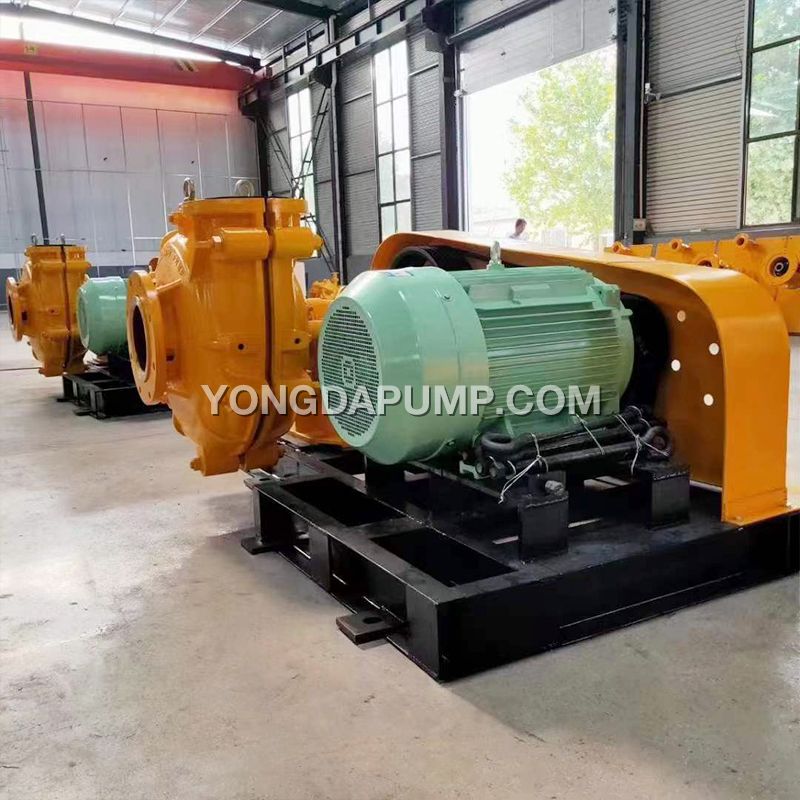Choosing the right slurry pump for a specific application requires careful consideration of various factors to ensure optimal performance and efficiency. Slurry pumps are designed to handle abrasive and high-density slurries, and selecting the appropriate pump involves assessing the characteristics of the slurry, the operating conditions, and the specific requirements of the pumping system. Here are some essential steps to guide you in choosing a slurry pump:
1. Identify Slurry Characteristics: Understand the properties of the slurry being pumped, such as particle size, concentration, density, and abrasiveness. These factors will influence the type of pump material and impeller design needed to handle the specific slurry effectively.
2. Determine Pump Type: There are different types of slurry pumps available, including horizontal centrifugal pumps, vertical slurry pumps, and submersible slurry pumps. Select the appropriate pump type based on the installation requirements and the characteristics of the slurry.
3. Consider Pump Material: Choose a pump material that can withstand the abrasive nature of the slurry and resist wear and corrosion. High-chrome alloy, rubber-lined, or polyurethane-lined pumps are common options for handling abrasive slurries.

4. Evaluate Pump Design: Consider the pump's impeller design and configuration. Open impellers are more suitable for handling large particles, while closed impellers are better for fine particles. The number of impeller vanes and the presence of wear rings can also affect pump performance.
5. Determine Flow Rate and Head Requirements: Calculate the required flow rate (volume) and head (pressure) needed for the specific application. Properly sizing the pump to meet these requirements is crucial for efficient operation.
6. Assess Solid Handling Capacity: Check the pump's solid handling capacity to ensure it can handle the maximum size of solid particles present in the slurry without clogging or excessive wear.
7. Consider Operating Conditions: Evaluate the operating conditions, including temperature, pH, and viscosity of the slurry. Ensure the selected pump can operate effectively under these conditions without compromising performance or reliability.
8. Check Pump Efficiency: Consider the pump's efficiency and power consumption. A more efficient pump will result in lower operating costs and reduced energy consumption.
9. Consult with Experts: If unsure about the best pump selection, consult with pump manufacturers or specialists who can provide recommendations based on your specific application and requirements.
10. Test and Monitor Performance: Once the pump is installed, monitor its performance regularly to ensure it is meeting the desired flow and pressure requirements. Conduct routine maintenance to prolong the pump's lifespan and maintain its efficiency.
By carefully considering these factors and following the proper selection process, you can choose a slurry pump that is well-suited for the application, provides reliable performance, and minimizes downtime and maintenance costs. It is essential to invest in a high-quality slurry pump that can handle the demanding conditions of slurry pumping and deliver optimal results.





Comments
0